Abu Dhabi Seasons Explained
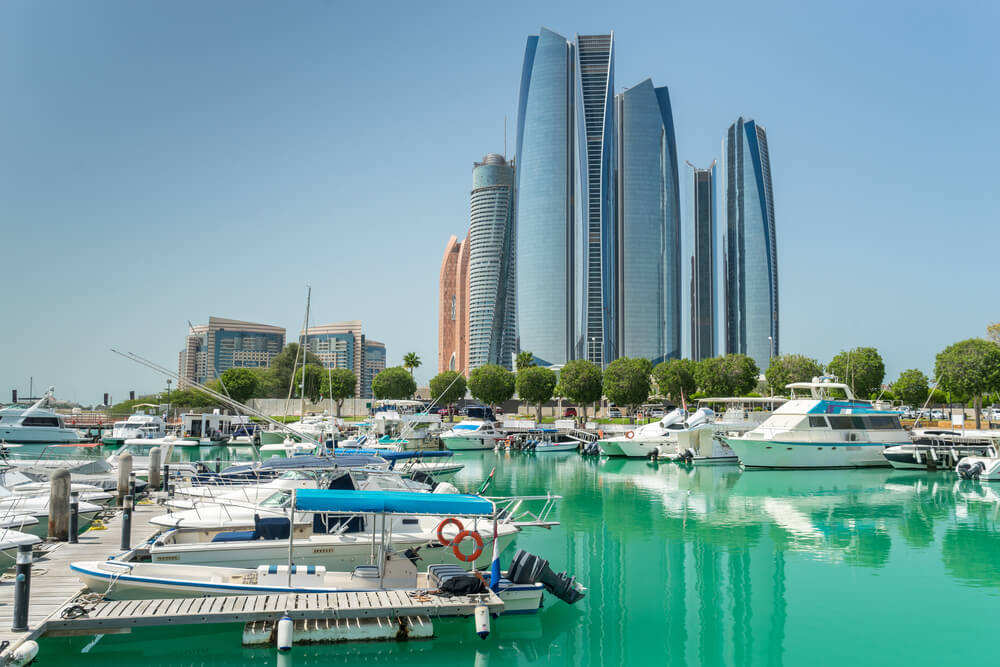
- Average Temperature: During the hot season, temperatures can climb from the mid-thirties to well over forty degrees Celsius, especially in July and August. Humidity levels rise in coastal areas, making the air feel warmer. Eve...
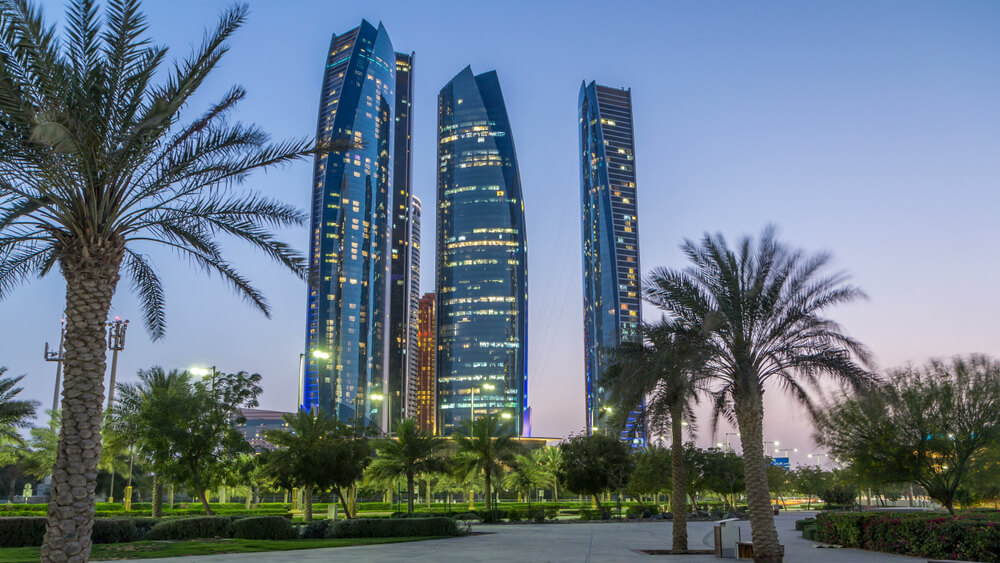
- Average Temperature: The cool season is the most pleasant time to visit, with temperatures ranging from 18 to 28 degrees Celsius. The humidity drops significantly, skies remain clear, and evenings are refreshingly mild, provid...
Month-by-Month Abu Dhabi Weather Guide
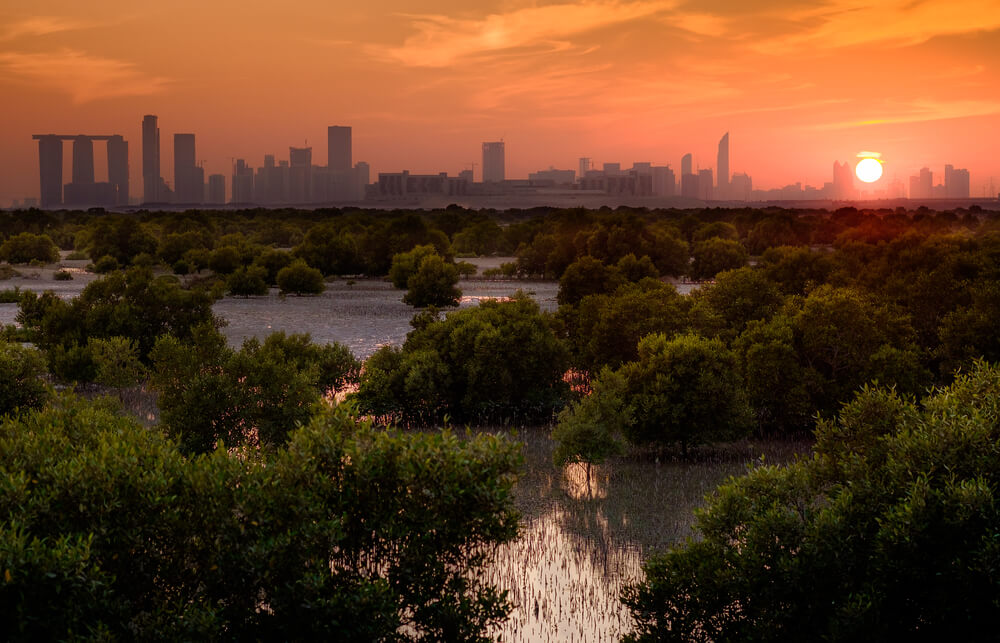
- General Weather Overview: January is one of the coolest months of the year, with average temperatures ranging between 18°C and 25°C. Days are sunny and pleasant, while evenings can be breezy, making it ideal for sightseeing.
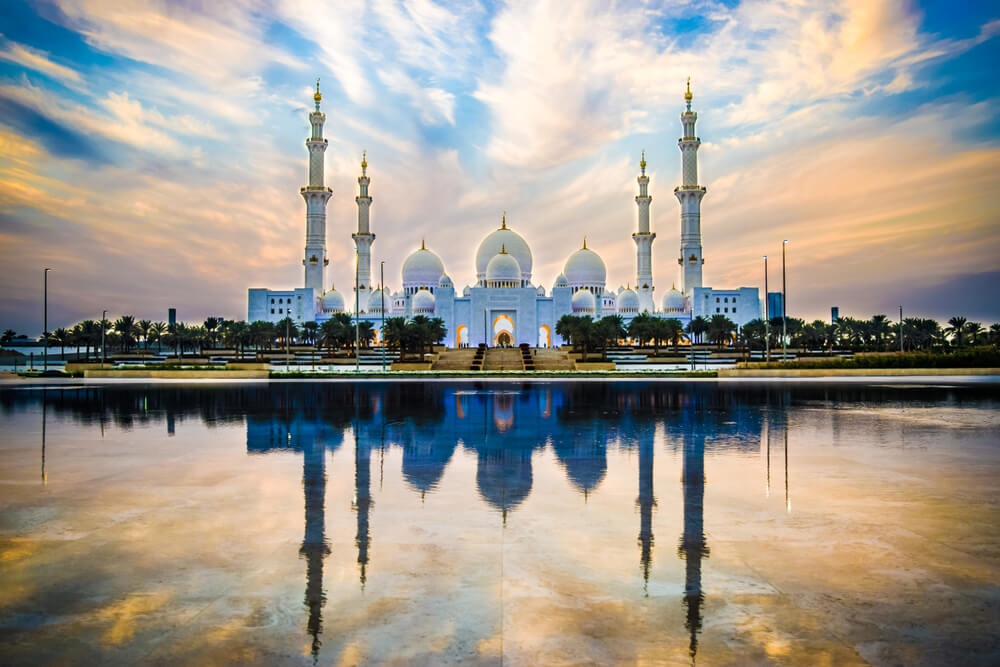
- General Weather Overview: February remains cool and pleasant with temperatures from 19°C to 27°C. Humidity is low, skies are clear, and occasional rainfall may occur.
- What to Pack: Carry breathabl...
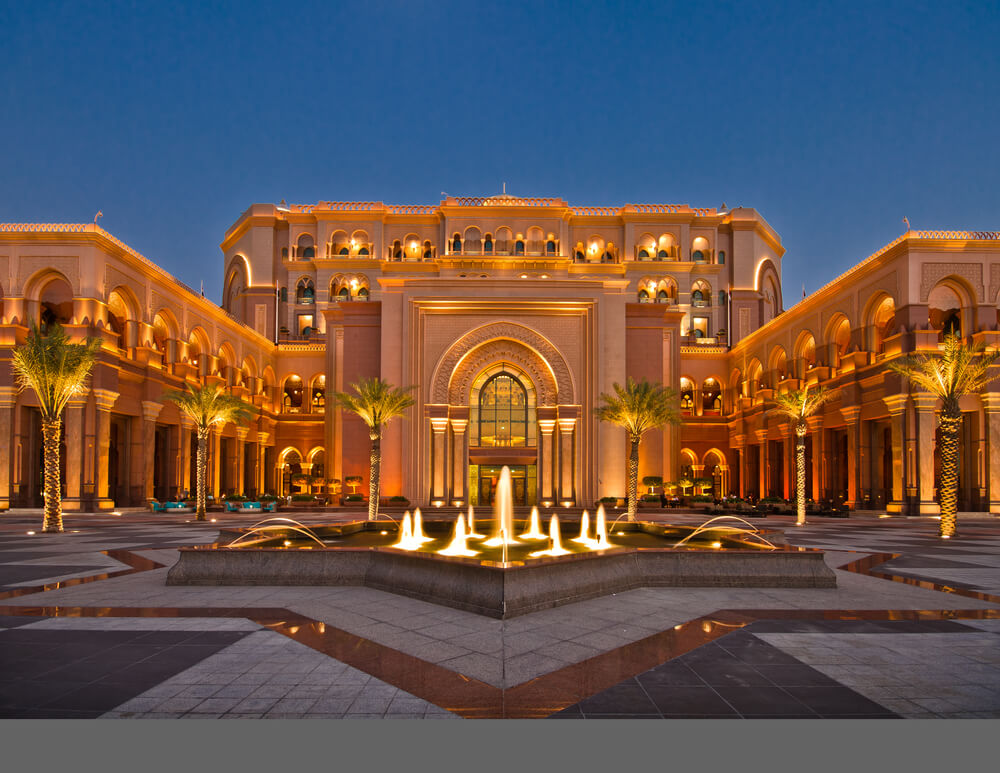
- General Weather Overview: Temperatures rise slightly, averaging 22°C to 30°C. The climate remains comfortable for most outdoor activities, though afternoons begin to feel warmer.
- What to Pack:
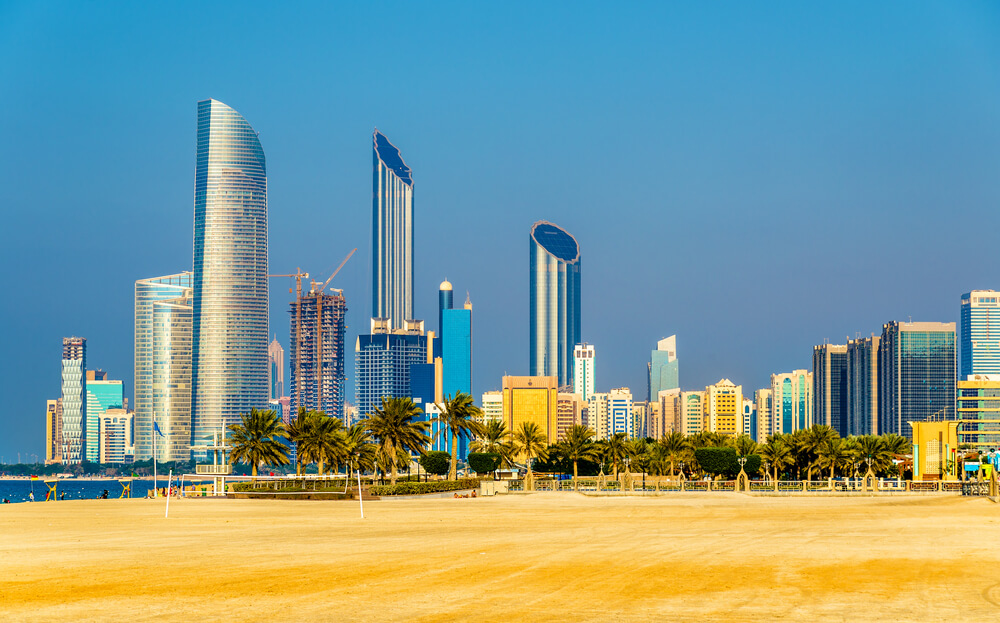
- General Weather Overview: April signals the start of hotter months with temperatures rising between 25°C and 35°C. Humidity starts to build, but mornings and evenings remain comfortable.
- What to Pack: ...
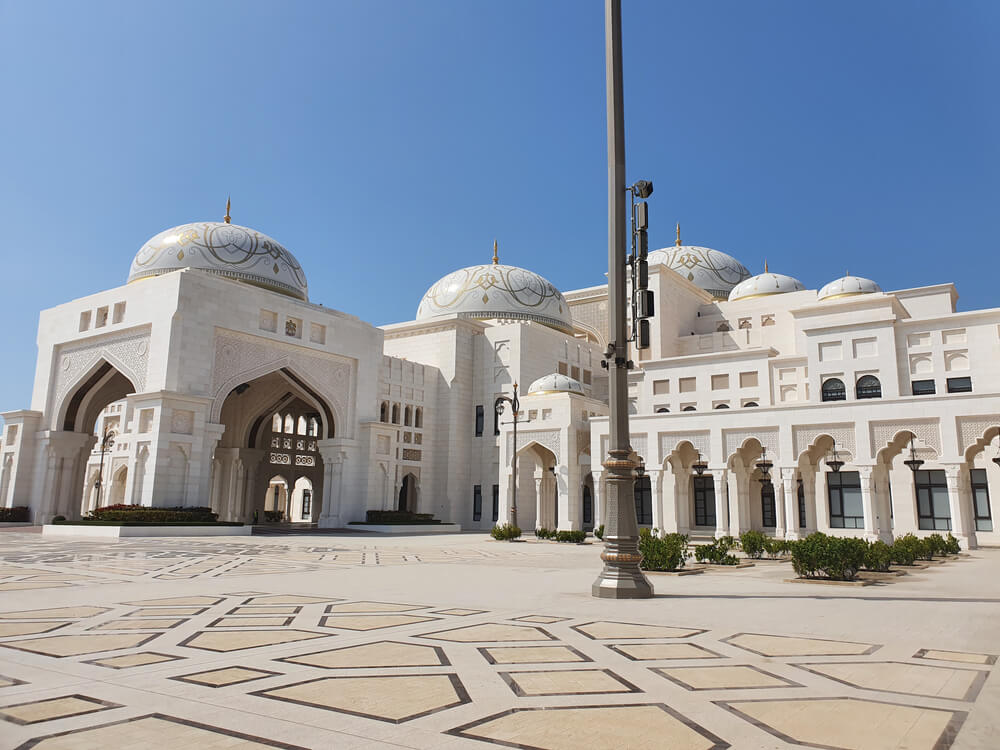
- General Weather Overview: May is significantly hotter, with averages between 30°C and 38°C. The heat is noticeable, but the humidity is moderate compared to later months.
- What to Pack: Carry ...
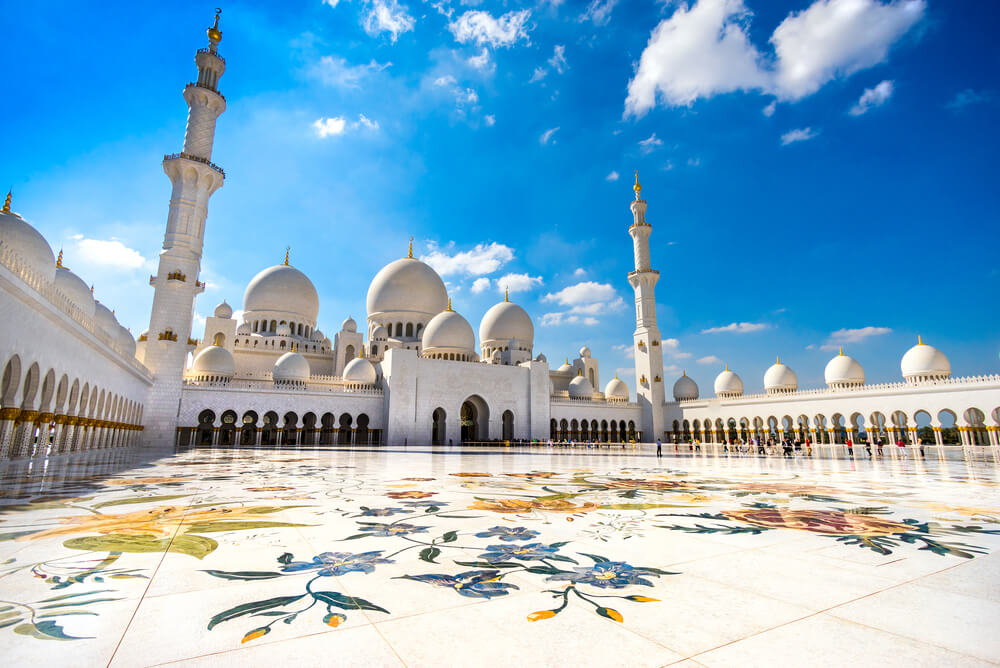
- General Weather Overview: June brings intense heat, often touching 40°C. Humidity levels increase, and outdoor exploration becomes more challenging.
- What to Pack: Pack ultra-light clothing, s...
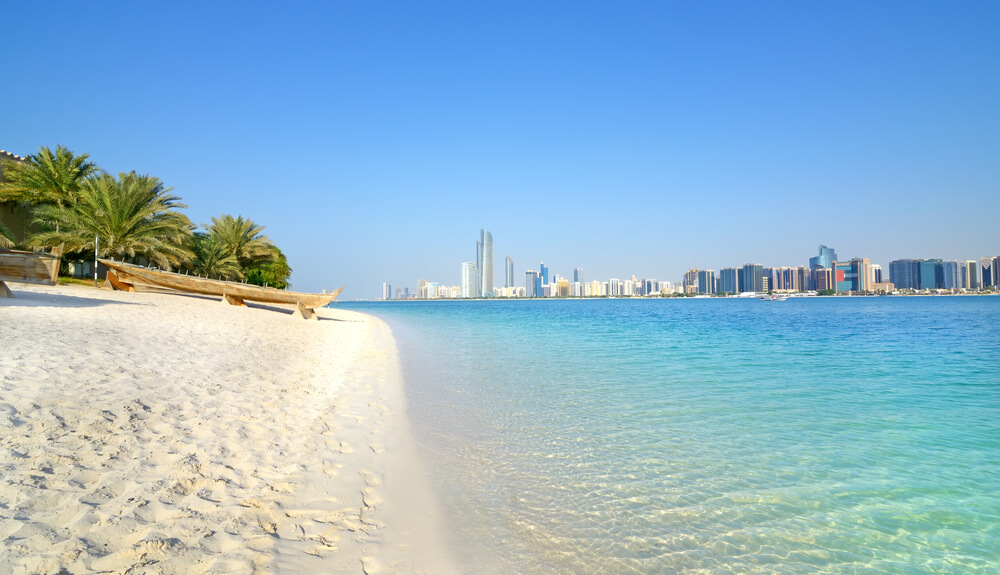
- General Weather Overview: July is one of the hottest months, with averages above 41°C. Humidity is high, making the heat feel heavier.
- What to Pack: Very light clothing, sunglasses, and sun protec...
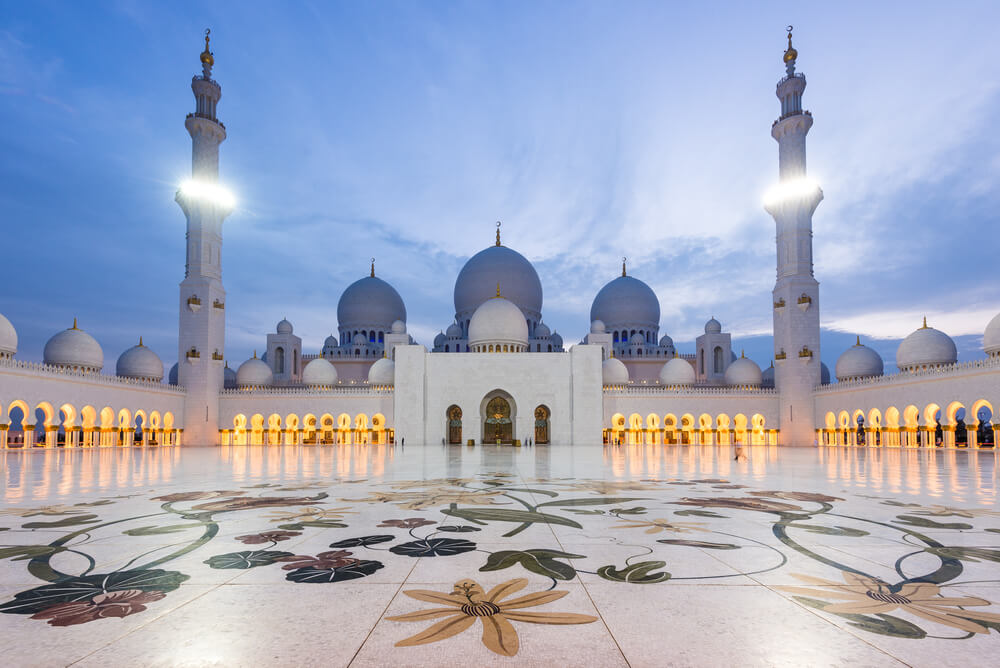
- General Weather Overview: August is similar to July with extreme temperatures and high humidity, often exceeding 42°C.
- What to Pack: Light, breathable clothing is essential. Bring swimwear fo...
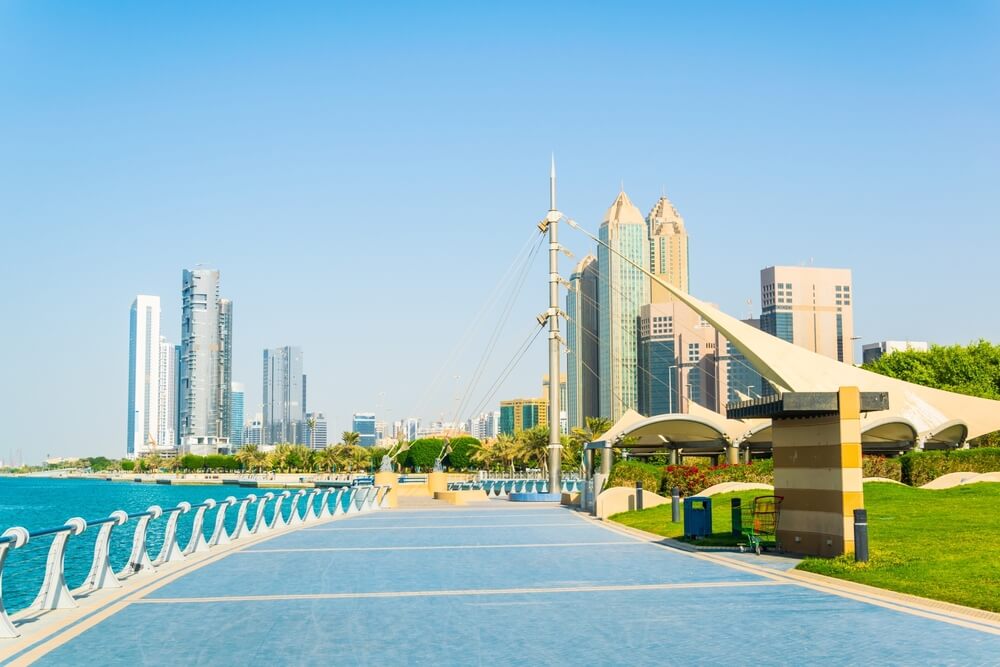
- General Weather Overview: Temperatures remain hot in September, ranging from 35°C to 40°C, though humidity starts to reduce slightly.
- What to Pack: Cotton clothing, hats, and sunscreen are musts. ...

- General Weather Overview: October brings relief with temperatures cooling to 28°C to 35°C. Humidity decreases, making it a transitional and more comfortable month.
- What to Pack: Light clothing dur...

- General Weather Overview: November offers some of the best Abu Dhabi weather, with average temperatures between 22°C and 30°C. Conditions are perfect for outdoor tourism.
- What to Pack: Pack c...
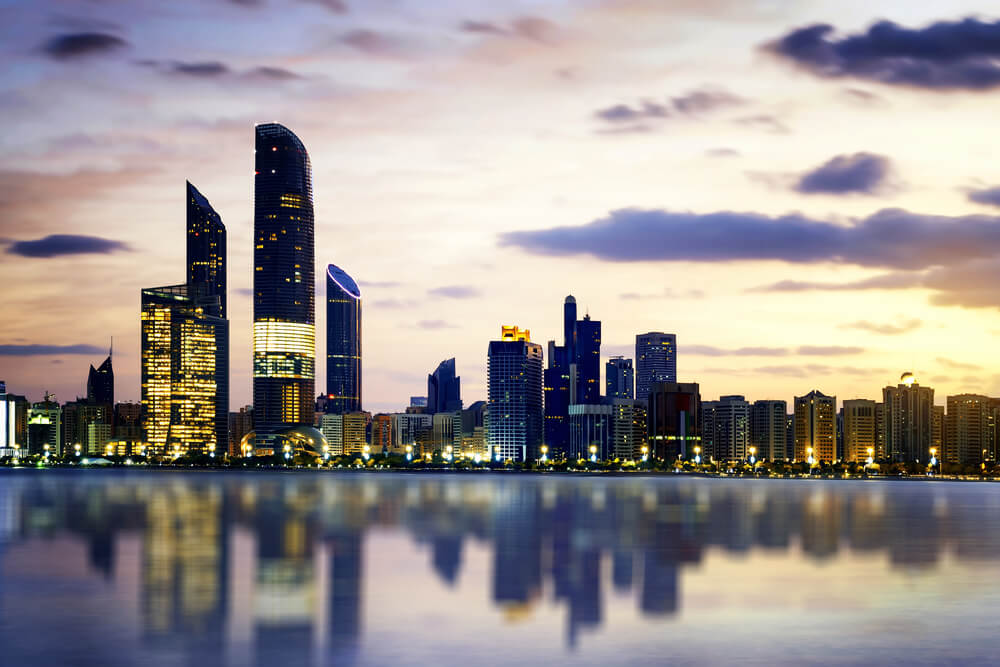
- General Weather Overview: December is cool and festive, with temperatures ranging from 20°C to 26°C. It is one of the busiest months for tourism.
- What to Pack: Bring light clothing for the da...
Frequently Asked Questions (FAQs)
The best month to visit Abu Dhabi is November, when the temperatures are mild, usually between 22°C and 30°C. The skies are clear, the humidity is low, and it is perfect for sightseeing, beaches, and desert adventures. This month offers the most balanced climate for both outdoor and indoor activities, making it one of the peak tourism periods. Travellers can enjoy iconic attractions like the Sheikh Zayed Grand Mosque and Saadiyat Island without discomfort, and many cultural festivals also take place during this period.
Abu Dhabi's weather is characterised by a hot desert climate with long hours of sunshine throughout the year. Winters, from November to March, are mild and pleasant, while summers, from April to October, are extremely hot, often exceeding 40°C. Rainfall is rare and usually brief, occurring mainly between December and March. The city experiences high humidity during summer, especially along coastal areas, but modern infrastructure and air-conditioned spaces make travel comfortable at any time. This consistency allows Abu Dhabi to remain a year-round tourist destination.
The dry season in Abu Dhabi begins in April and lasts until around November. During this period, rainfall is nearly non-existent, and the city is dominated by clear skies and high sunshine levels. Temperatures rise steadily from April, peaking in July and August. The dry season is ideal for travellers who want uninterrupted sunshine, though it requires planning around the intense midday heat. Even in these months, indoor attractions such as malls, museums, and theme parks offer comfortable escapes from the high temperatures.
The rainy season in Abu Dhabi occurs between December and March, although the rainfall is minimal compared to tropical destinations. Showers are usually brief and light, often lasting no more than an hour. Rain rarely disrupts daily life, and it typically provides a refreshing change from the otherwise dry climate. These months also coincide with cooler temperatures, making it one of the best times to explore the city. Visitors can enjoy both outdoor attractions and indoor cultural experiences without worrying about weather interruptions.
During summer, particularly from June to August, Abu Dhabi's weather can be extremely hot, often exceeding 41°C and occasionally reaching 45°C. The heat is coupled with high humidity, especially in coastal areas, which can make the temperatures feel even more intense. Most outdoor activities during the day are challenging in this season, but evenings and early mornings can be slightly more comfortable. Tourists are advised to plan indoor attractions, enjoy resort facilities, or experience cultural sites in climate-controlled environments to stay safe and comfortable.
No, rain in Abu Dhabi rarely lasts all day, even during the wet season from December to March. Showers are short-lived and scattered, often lasting less than an hour before the skies clear again. Rain usually occurs in bursts, and it often adds a refreshing break to the dry climate. Tourists generally find that rainfall does not interfere with sightseeing or daily activities. Since the city has excellent infrastructure and many indoor attractions, visitors can easily continue exploring without disruption.
The best time to enjoy pleasant Abu Dhabi weather is between November and March, when average temperatures range from 18°C to 28°C. Humidity is low, and the skies are bright and clear, making it the perfect season for outdoor activities such as desert safaris, island trips, and sightseeing. This period is also ideal for walking tours along the Corniche and visiting cultural landmarks. Since it is the peak tourist season, travellers should plan bookings to secure accommodations and tickets for popular attractions.
Yes, Abu Dhabi can be very humid, especially during the summer months from June to September. Humidity levels often rise along the coast, making the heat feel heavier than the actual temperature. However, winters are much less humid, offering crisp and comfortable weather. The city is well-equipped to manage humidity, with air conditioning in hotels, restaurants, malls, and public spaces. Tourists visiting in summer should plan indoor activities during the day and enjoy beaches or evening walks when conditions are more manageable.
The average night temperature in Abu Dhabi depends on the season. In winter months from December to February, evenings can be as cool as 16°C to 20°C, making it perfect for outdoor dining and strolling. In summer, particularly June to August, night temperatures stay warm, usually between 30°C and 34°C, offering little relief from daytime heat. The city’s nightlife and waterfront areas are most enjoyable in cooler months when evenings are breezy. Visitors should pack accordingly based on the season of travel.
Yes, tourists can travel comfortably to Abu Dhabi during the rainy season, which falls between December and March. Rain is light and infrequent, so it rarely affects sightseeing or travel plans. Instead, it creates a refreshing atmosphere and makes outdoor activities more enjoyable. Attractions like the Sheikh Zayed Grand Mosque, desert tours, and city walks can still be experienced without interruptions. Since this season coincides with cooler temperatures, it is actually one of the most popular times for international visitors to explore the capital.
What you wear in Abu Dhabi largely depends on the season. During winter months, light clothing with a light jacket or shawl for evenings works best. In summer, breathable fabrics like cotton or linen, wide-brimmed hats, and sunglasses are essential. Comfortable shoes are ideal year-round, especially for sightseeing. As Abu Dhabi is culturally conservative, it is recommended to dress modestly when visiting mosques or traditional areas. Regardless of the season, sunscreen and sunglasses are must-have accessories to deal with the strong desert sun.
No, typhoons are not common in Abu Dhabi. The city has a desert climate, and tropical storms or cyclones are extremely rare. The region occasionally experiences brief showers or light thunderstorms during the rainy season, but these are minimal compared to tropical regions. Travellers need not worry about large storms disrupting their plans. Instead, the main weather concerns are the intense summer heat and humidity. This reliability makes Abu Dhabi a stable and predictable destination for year-round travel without the risk of severe storms.
Walking outdoors in the afternoon during summer months is not advisable, as temperatures often exceed 40°C and humidity makes it feel hotter. Prolonged exposure can lead to dehydration or heat exhaustion. However, in the cooler months from November to March, afternoons are comfortable and perfect for exploring. If visiting during the summer, it is best to limit walking outdoors to early mornings or evenings. Abu Dhabi’s infrastructure, including shaded walkways and air-conditioned spaces, makes moving around safer and more convenient.
Yes, November is one of the best months to enjoy Abu Dhabi's weather. Average temperatures range from 22°C to 30°C, offering clear skies and low humidity. It is an excellent time for beaches, desert safaris, and cultural sightseeing. Tourists can enjoy both indoor and outdoor attractions without discomfort, making it one of the peak tourism months. Many festivals and events also take place in November, adding to the city’s charm. Since demand is high, booking hotels and tours in advance is highly recommended.
Yes, the climate in Abu Dhabi is excellent for outdoor activities, especially during the cooler months from November to March. Visitors can enjoy the Corniche, desert safaris, island trips, and cultural sites without worrying about heat or humidity. Even in warmer months, mornings and evenings are suitable for activities like beach visits or short walks. The city also offers plenty of shaded spaces and parks. For summer travellers, indoor alternatives provide balance, but the overall climate is favourable for active tourism.
The weather in Abu Dhabi can influence sightseeing, especially during the hot summer when midday outdoor activities are uncomfortable. However, the city is designed to accommodate travellers year-round with a wide range of indoor attractions, from theme parks to museums. In cooler months, sightseeing is at its best, with landmarks and outdoor areas fully accessible. Occasional rain in winter rarely lasts long enough to disrupt plans. By planning activities based on the season, tourists can maximise their experiences regardless of the weather.
Absolutely. Abu Dhabi has some of the finest indoor attractions in the region, making rainy days easy to manage. Popular options include Louvre Abu Dhabi, Qasr Al Watan, Yas Mall, and indoor theme parks such as Ferrari World. These venues are designed to offer world-class experiences in complete comfort, regardless of outside conditions. Even when it rains, the city remains fully functional, with excellent public infrastructure. Indoor attractions ensure that travellers can still enjoy cultural, shopping, and entertainment experiences without delay.
In warmer months, early mornings and evenings are the most comfortable times for exploring Abu Dhabi. Temperatures are significantly lower compared to midday, and humidity is less intense in the morning. Evening hours are equally enjoyable, especially along the Corniche or in outdoor dining areas. These times are perfect for walks, short tours, or beach visits. During the midday heat, it is best to focus on indoor attractions. This balance allows tourists to enjoy both sides of Abu Dhabi's weather comfortably.










